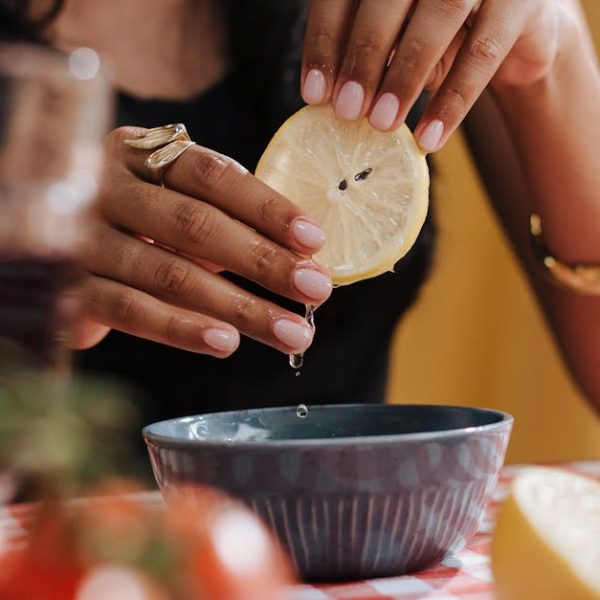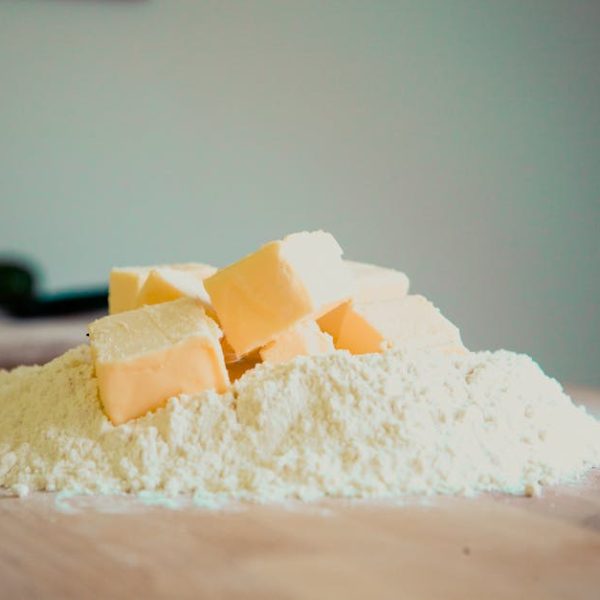Ants marching towards your cat’s food is a common and annoying problem most pet parents face. While it may seem trivial, these tiny creatures can spoil your cat’s meal, making them hesitant to eat. But don’t fret; keeping ants out from your furball’s food is as simple as incorporating certain habits and using household items effectively.
To kick off, it is crucial to understand why ants are attracted to your cat’s food. This insight will help you make your cat’s food less attractive to these tiny crawlers. Ants, like most insects, crave protein and fat – nutrients readily available in cat food. Some key ingredients, such as fish, meat by-products, and animal fats, make your cat’s meal a prime target for ants.
Pro-Tip: Ants have a highly evolved olfactory system making them adept at locating food sources. Sealing the cat food packet properly after serving can help mask the smell and avoid catching ants’ attention.
Moving forward, another effective way to minimise ant invasion is to practice sound cleaning habits. No matter how unappealing you make the food, a dirty feeding area will always invite ants. Cleaning the food and water dishes after every meal is a must. Also, wipe down the feeding area daily using vinegar or a citrus-based cleaner to destroy the pheromone trail ants leave for their fellow colony members.
Best Practices:
– Clean feeding dishes after every meal.
– Wipe down the feeding with vinegar or citrus-based cleaner.
– Wash feeding area thoroughly at least once a week.
A Checklist for Cleaning could look something like this:
– Remove any leftover food immediately.
– Rinse the dishes with warm water.
– Clean the feeding area with a vinegar or citrus-based cleaner.
– Let the area dry before the next feeding time.
Proper food storage is another trick that can save you from an ant infestation. Storing cat food in airtight containers or refrigerating it can prevent ants from sniffing it out. Also, never leave an open packet of food out in the open; ants can easily crawl inside.
Comparison of Food Storage Methods:
| Method | Effectiveness Against Ants | Ease of Use |
|---|---|---|
| ————- | ————————– | ————- |
| Airtight Containers | Very High | High |
| Fridge | High | Medium |
Pros and Cons:
- Airtight Containers: While highly effective and easy to use, these may not preserve the food’s taste and texture for long.
- Fridge: This method keeps the food fresh for longer, but moisture condensation could ruin the food.
Choosing the right dish for cat food is also vital. For instance, using a flat and wide dish can make it difficult for ants to access the food, as they prefer narrow paths. Positioning the dish away from ant colonies and their common routes can further reduce the likelihood of an ant invasion.
Pro-Tip: A moat-style dish–a dish inside another shallow dish filled with water–can serve as an excellent deterrent. Ants aren’t fans of water and would avoid crossing it.
Natural Ant Deterrents You can Use
Depending on the level of infestation, you can employ various natural deterrents that can effectively keep the ants at bay. Here are some which are safe to use around cats and your household.
List of Natural Ant Deterrents:
– Cinnamon: Ants detest the smell of it.
– Vinegar: Disrupts ants’ scent trails.
– Citrus Peels: Acts as an ant repellent due to its strong scent.
Pro-Tip: Sprinkle these deterrents strategically around your cat’s feeding area but remember to not let it get into their food.
In case the infestation is a little more persistent, don’t hesitate to use commercial ant control products. However, ensure the product is safe to use around pets and follow the instructions carefully.
Comparison of Commercial Ant Control Products:
| Product | Effectiveness Against Ants | Safety for Cats |
|---|---|---|
| —————- | ————————— | ————— |
| Ant Baits | Very High | Varies |
| Ant Sprays | High | Use with Caution |
Best Practices:
– Keep ant baits out of your cat’s reach.
– Use ant sprays sparingly and away from your cat’s feeding area.
– Always review and follow safety guidelines on the product’s label.
Sometimes, the ant infestation can get out of hand, which is when you should consider consulting a pest control professional. If you’ve tried multiple methods and the ants keep coming back, or if you notice their colonies around your house, it’s time to seek professional help.
List of Indications for Professional Help:
– Repeated ant invasions despite multiple attempts to get rid of them.
– Evidence of several ant colonies around your house.
Pro-Tip: When selecting a pest control professional, ensure to choose one that guarantees safety for your fur friends. Look for pest control services that are eco-friendly and pet-safe to ensure your cat’s wellbeing while eliminating the ant nuisance.
Key Takeaway:
- Ants are attracted to cat food owing to their need for proteins and fats prevalent in cat food ingredients.
- Keeping the feeding area clean with a regular cleaning regime, using vinegar or citrus-based cleaners, disrupts ant trails and deters them.
- Proper storage of cat food in airtight containers or refrigeration can prevent ants from accessing it.
- Use of ant-proof dishes and strategic placement of feeding dishes can also help in ant control.
- Natural deterrents like cinnamon, vinegar and citrus peels can effectively keep ants away safely around cats.
- Commercial ant control products can be used with caution, ensuring cat safety.
- When ant invasion becomes unmanageable, seeking professional pest control may be necessary.
Don’t let the ants march to your cat’s food anymore. With an understanding of what attracts ants and implementing regular cleaning habits, correct food storage, and careful usage of ant deterrents and control products, you can easily keep your furball’s meal ant-free. Rest assured that making these changes can create a safe and enjoyable feeding space for your pet.
FAQs
Q: Are there any cat food brands that are less attractive to ants?
A: Ants are attracted to proteins and fats, which are essential to cat food. So, it’s not about the brand but the ingredients. However, proper storage and cleaning can help regardless of the brand.
Q: What about feeding stations? Can they help in ant control?
A: Yes, elevated feeding stations can help as ants find it harder to climb slick, tall surfaces. Additionally, some feeding stations are designed with moats that deter ants effectively.
Q: Is using commercial ant spray around pets safe?
A: While it varies between products, most are generally safe if used as instructed. Always read the product label for precautions or look for pet-safe ant control products.
Q: My cat likes to snack through the day. How can I keep her food safe from ants?
A: Consider using an automatic cat feeder with a lid that closes on the food when not in use. This can keep ants away while allowing your cat to eat on her schedule.
Q: Can cinnamon or other natural deterrents be harmful if my cat ingests it?
A: While generally safe, cinnamon and other substances can cause digestive discomfort if ingested in large amounts. Always ensure these deterrents don’t fall into your cat’s dishes.
Remember to share this article with other pet parents who might be battling the same issue. Explore more of our useful tips in other posts on how to care for your feline friends.






